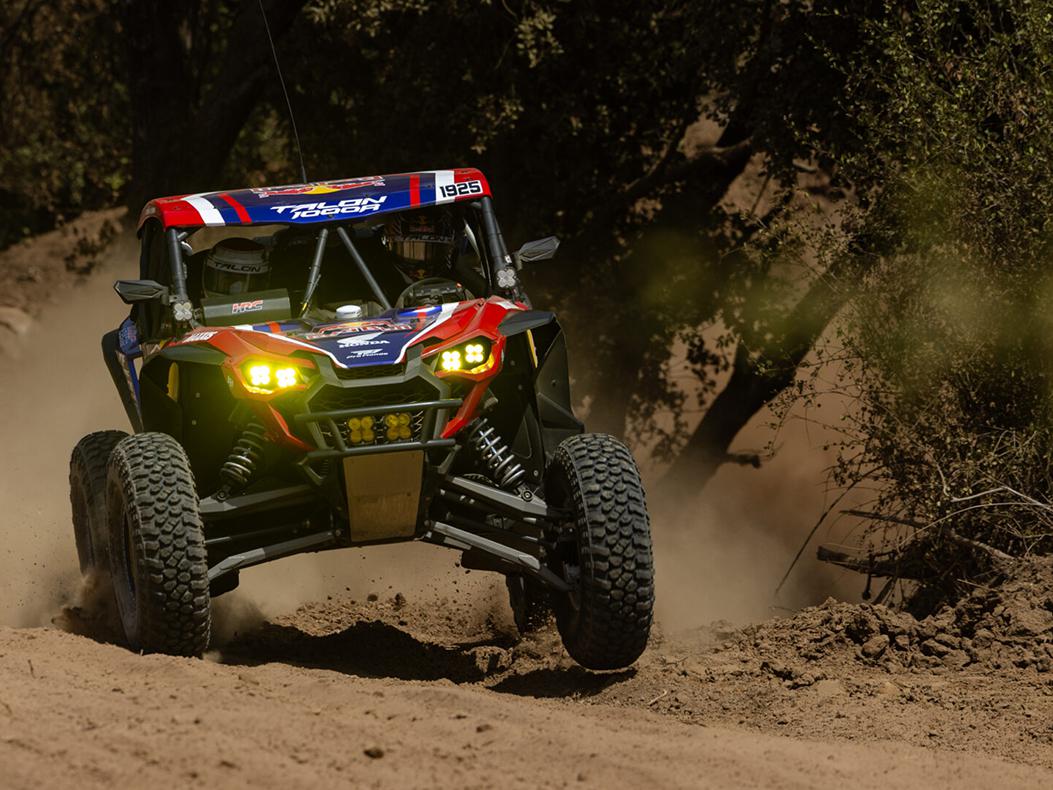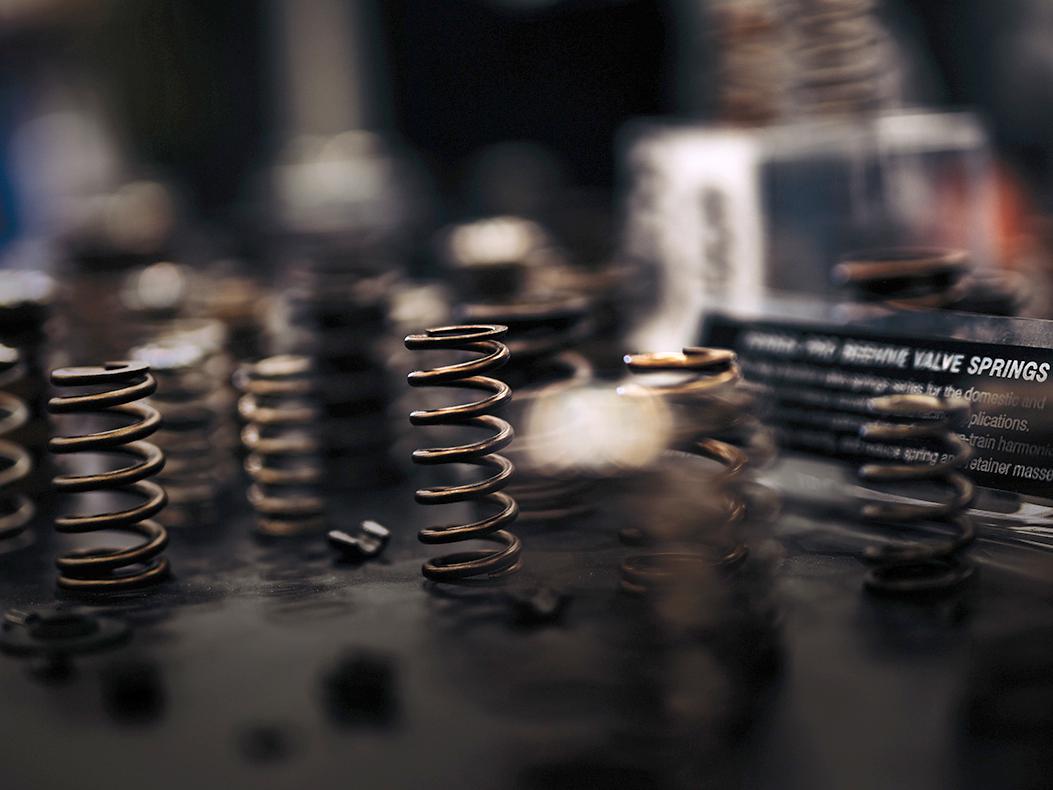Race Car Builds: ChampCar Endurance Series and 24 Hours of Lemons
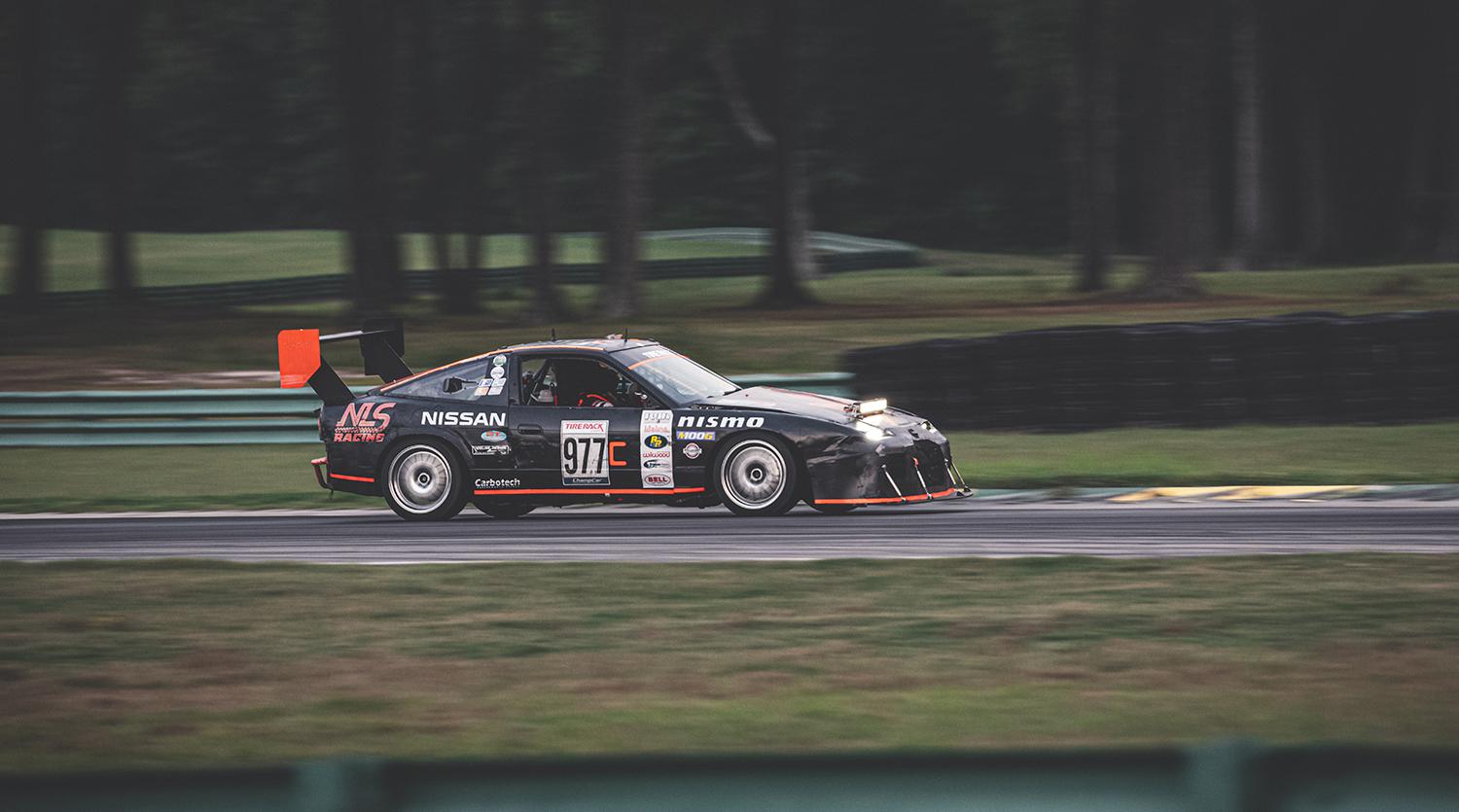
While restricted budgets are the main drivers in these two endurance road racing series, race teams use creative measures to improve performance, though always alongside a strict adherence to safety.
If there were ever two racing series where sophisticated car building knowledge is not required, they are the ChampCar Endurance Series and the 24 Hours of Lemons.
Both feature late model street cars with mostly stock parts. Some are faster than others, but the goal is endurance, not speed.
And both take safety seriously, of course, so things like the roll cage and fuel system will be scrutinized. Otherwise, expect to go road racing without, as ChampCar promotes, the “obscene expense.”
ChampCar and 24 Hours of Lemons race on the nation’s most prestigious race tracks, from Daytona to Laguna Seca, and yet the sanctioning bodies are adamant about having a good time. 24 Hours of Lemons has a particularly irreverent approach, from the series name, of course, to the title of its races, including the Cain’t Git Bayou 2021 at NOLA Motorsports Park in Louisiana this month.
To learn more, we spoke to a competitor from each series about the story behind their involvement and their cars.
‘Build By Points’
1993 Nissan 240SX
Series: ChampCar Endurance Series
Clifford Beisler is the crew chief for NLS Racing in Hickory, North Carolina, which competes in ChampCar with a 1993 Nissan 240SX. The selection was based on Beisler’s familiarity with the brand.
The black-and-orange paint scheme is something he always thought was a cool combination. As for the number, 997, it bears zero significance to anything other than it’s one that no one else had, he said, laughing.
The team name, meanwhile, has a bit of a story behind it. In a conversation about better performance, someone said, “We need to come up with some next level sh–– for this car!” “Solutions” was substituted to create a G-rated version, but the two words are interchangeable depending on the company.
After five years, NLS logged its first two victories in 2020, winning an eight-hour race at Atlanta Motorsports Park and a 14-hour race at Charlotte Motor Speedway.
“There are not many people who can say that,” Beisler said about taking checkered flags at such legendary tracks.
ChampCar, whose races range from seven to 24 hours, has four classes—A, B, C, and D—based on engine size. NLS races in C class but competes for overall wins, like it captured at Atlanta and Charlotte.
Beisler said he picked the series based on a money-invested-to-track-time ratio: How much does it cost per hour to be on track?
“Nothing beats ChampCar” using that calculation, he said.
He and four partners each spend $2,000 to $3,000 a year on the car. In 2020 that covered seven races. Beisler estimated NLS would spend $700 on tires, $400 on brakes, $250 on fluids, and about $300 for 100 gallons of fuel for a race at Atlanta in February.
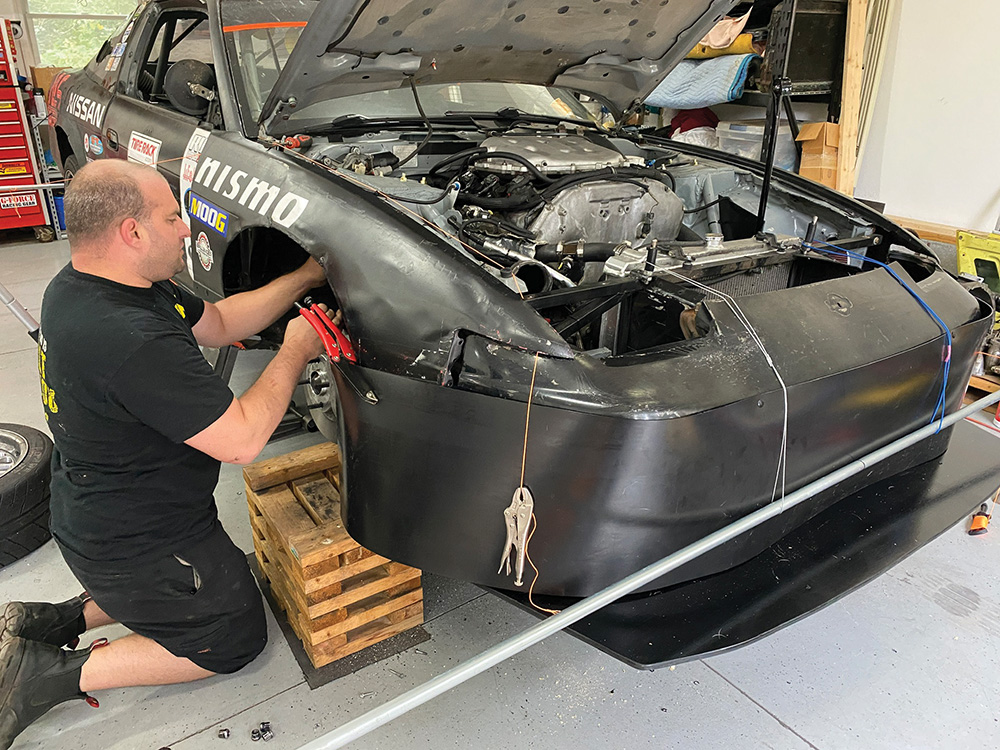
At the onset, Beisler’s team stripped the 240SX to the frame, removing insulation and other weight and replacing rubber bushings.
“There wasn’t a nut or bolt we didn’t touch,” he said.
Beisler used a MIG welder to stitch weld where there had been only spot welds. The team bought a tubing bender and purchased roll cage design software to build its own cage.
ChampCar uses a Vehicle Performance Index as the starting point for every car; it’s 350 for Beisler’s Nissan. Teams can add points for engine, transmission, and other parts’ swaps up to 500 without lap penalties.
For the first three years the team ran the 240SX’s factory 2.4-liter KA24DE steel block, aluminum head engine, rated at about 155 horsepower. As handling, speed, and driver ability improved, they went after more power.
NLS used ChampCar’s “swap formula” to gauge its upgrades.
Stepping up to a VQ30DE V6 from a 1996 Nissan Maxima—costing about $300 or $400—took the horsepower to 190 (and added 55 points). The factory transmission, however, didn’t bolt up to the new motor. A six-speed CD009 from a Nissan 350Z from the early 2000s did (cost: 25 points).
NLS learned early the value of fluids and uses Redline in the entire drivetrain. “That fluid’s expensive for a reason,” Beisler said.
With 70 points to spare, NLS looked at aerodynamics, adding a rear spoiler, front air dam, and front splitter at 10 points each to reach 460, even though they weren’t convinced it would matter.
“But, my goodness, it’s confidence-inducing to the drivers and it’s worth a ton of speed,” he said.
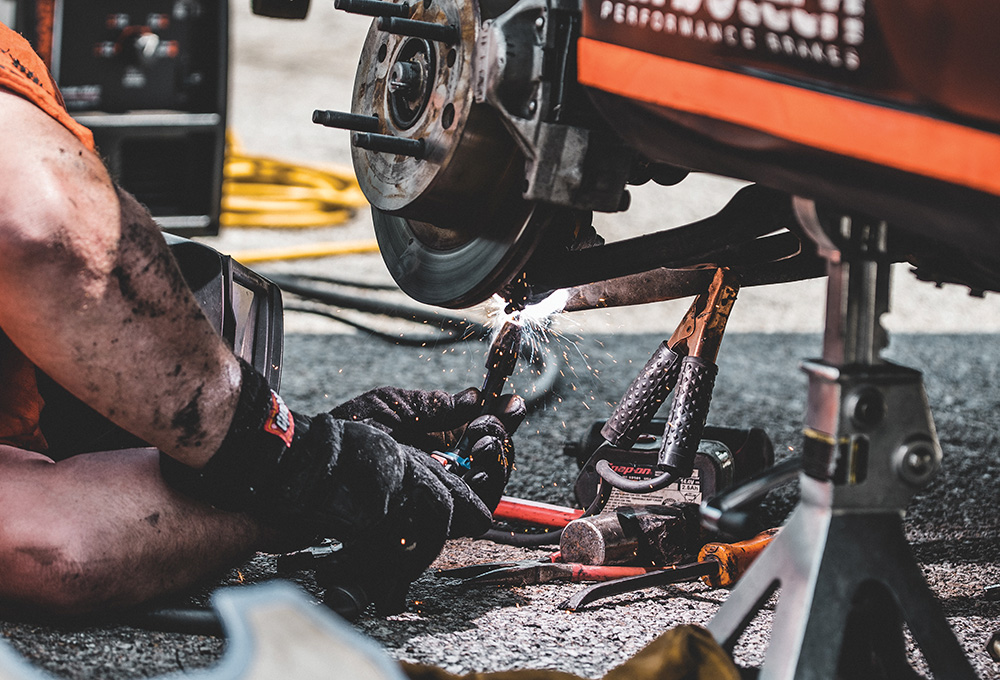
Twenty more points were used on a two-row oil cooler from Setrab, a valuable part for endurance racing.
An aluminum radiator cost NLS another 10 points, taking their total to 490. The final points were spent on things like strut braces and roll bars beyond what ChampCar requires.
NLS kept its factory gas tank but built and installed a two-liter surge tank in the trunk to help prevent fuel starvation in the corners.
Fuel consumption is a major consideration in endurance racing, and NLS keeps its horsepower in check to time pit stops for every two hours, which is the maximum stint before a required driver change.
Factory wheel bearings will not last more than a few hours, Beisler said. The fix: grease from Neo Synthetics. It is refreshed in the bearings for each race, and they now last six to eight races. “People swear by it,” Beisler said of the product.
NLS uses Carbotech brake pads that cost $400 for front and rear pads and last about 24 hours of track time. “You need race-specific brake pads,” he said.
NLS got its Brembo calipers and rotors from a 2006 Nissan 350Z. The rear two-piston caliper is stock from a 1990 300ZX. Duct work helps keep the brakes cool.
Also, Beisler’s team welded the rearend gears to lock up the factory differential for better traction.
A contrast to the team’s frugal approach is its $1,000 investment in a data acquisition system from Auto Sport Labs. “I can sit in the pits and watch real-time data as the car goes around the track,” Beisler said.
An especially important measurement is ambient underhood temperature. The team discovered a bag of ice on the intake manifold upped horsepower by 15 in a dyno test, so they’ve run ductwork to cool that area.
As the top teams in racing will profess, everything needs to come together for a successful weekend. And while Beisler has worked on cars his entire life, the biggest challenge of getting into racing is “the amount of redundancy you have to put into everything,” he said.
“It’s not enough to torque every bolt—it needs to be Loctite’d, checked, and double-checked.”
‘A $500 Race Car’
1986 BMW 325E
Series: 24 Hours of Lemons
Chris Blizzard and his San Francisco Bay Area team have won four races in the 24 Hours of Lemons over the past 10 years, most recently at California’s Buttonwillow Raceway Park in September. The team has also won a season championship with its 1986 BMW 325E.
The car originally had a Ghostbusters theme, but it’s also been raced in Hello Kitty pink with body parts from other cars grafted onto it. The No. 6 was chosen for its simplicity.
Blizzard said Lemons participants are friendly and helpful, and don’t take the competition too seriously. “Those who are too serious don’t stick around; there are other places for them to race,” he said.
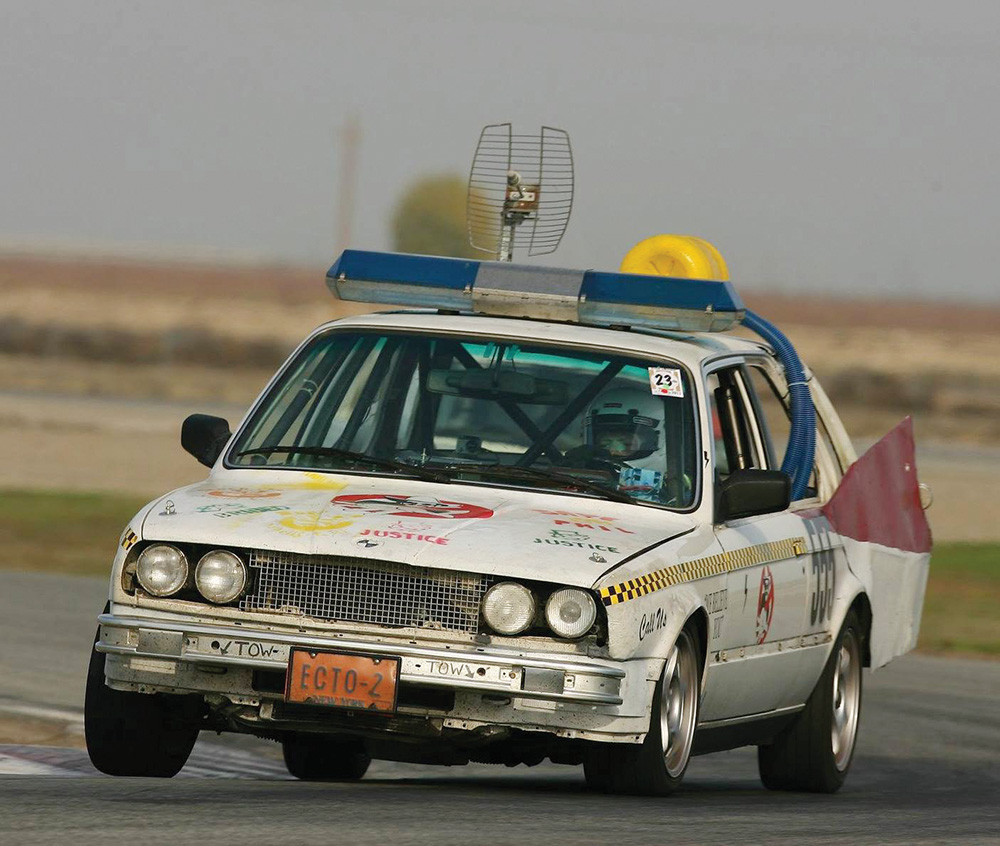
Competitors must acquire and prepare their cars for just $500—though spending on safety equipment, brakes, and tires doesn’t count.
Blizzard paid about $200 for the “empty shell” 325E and a few hundred more for his current motor and associated parts from a 1997 BMW E36.
He keeps the BMW stock-tuned to limit fuel consumption, but—to his point about not taking things too seriously—Blizzard is clueless as to its horsepower.
“Two-hundred something?” he guessed. “The check engine light is on all the time,” he added. Classic Lemons attitude.
Toward better fuel mileage, however, plenty of attention is paid to the fuel system.
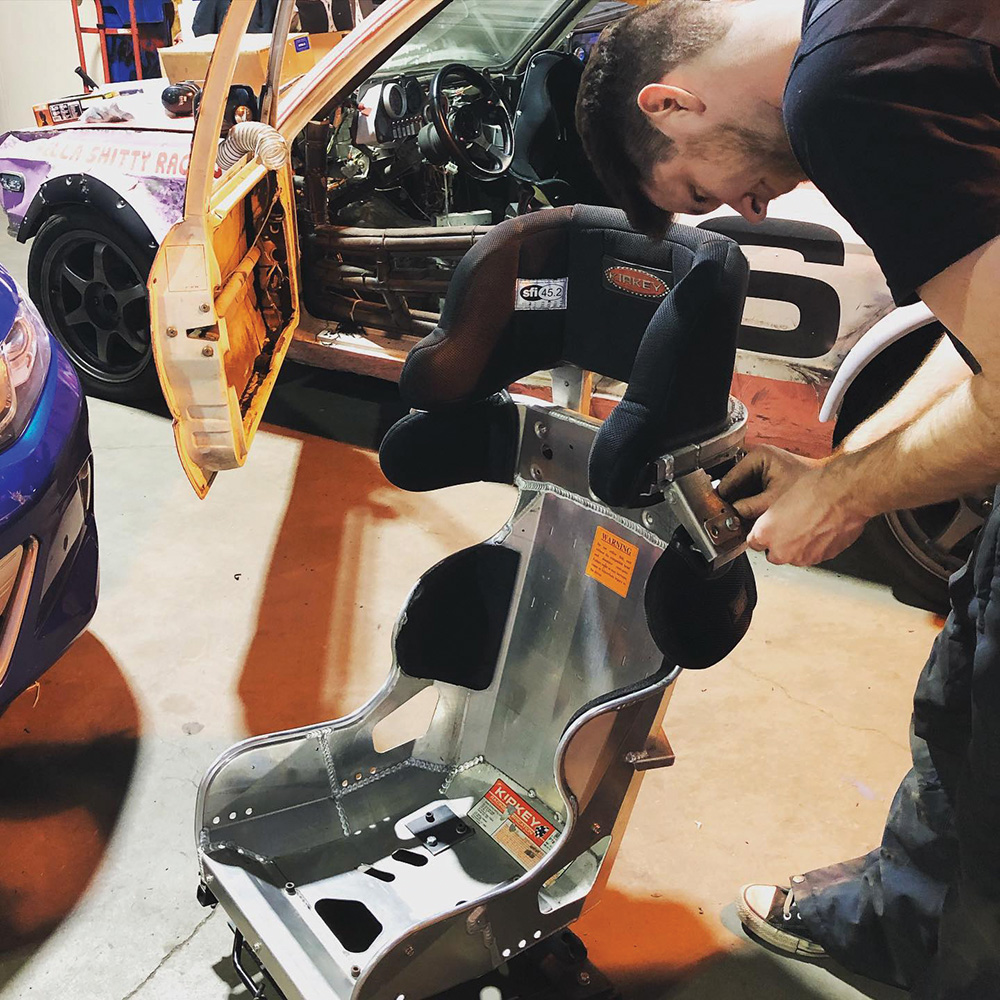
While teams can keep the OEM setup, Blizzard spent several thousand dollars on a custom-built Pyrotect fuel cell, citing the company’s gracious allotment of time and advice. The system includes a Walbro main pump and two Bosch secondary pumps. “It’s by far the most expensive part of the car,” he said. But the team can now use almost “every single drop” from the 24-gallon cell, and refuel quickly, too.
The transmission is stock from an E36, as is the radiator. Less power means less heat, and stability for such parts, Blizzard noted.
The rearend, which also came from a later model BMW, is stock, with a change of fluid each year.
The team had its roll cage built by a professional and selected an aluminum Kirkey seat. They use Safecraft Restraint Systems belts which, among their benefits, allow for faster driver changes, Blizzard said.
For tires, the approach is variable: If Blizzard’s team wants to save money, they’ll use Hankook Ventus RS4 tires that last an entire weekend or longer. For improved performance, they’ll use Bridgestone Potenza RE-71R tires, which wear quicker but “get you a couple seconds a lap,” he said.
While Blizzard’s car came with 14-inch tires, they fabricated to make room for 17-inchers and a larger brake package, for which they use Raybestos pads.
Utilizing parts from newer model BMWs is key. Wheel bearings from older models, for example, were quickly “destroyed.” The same applies to rear hubs and brakes; the later model parts are typically bigger and stronger.
“With Lemons, you can cut and paste and organizers are fine,” Blizzard said.
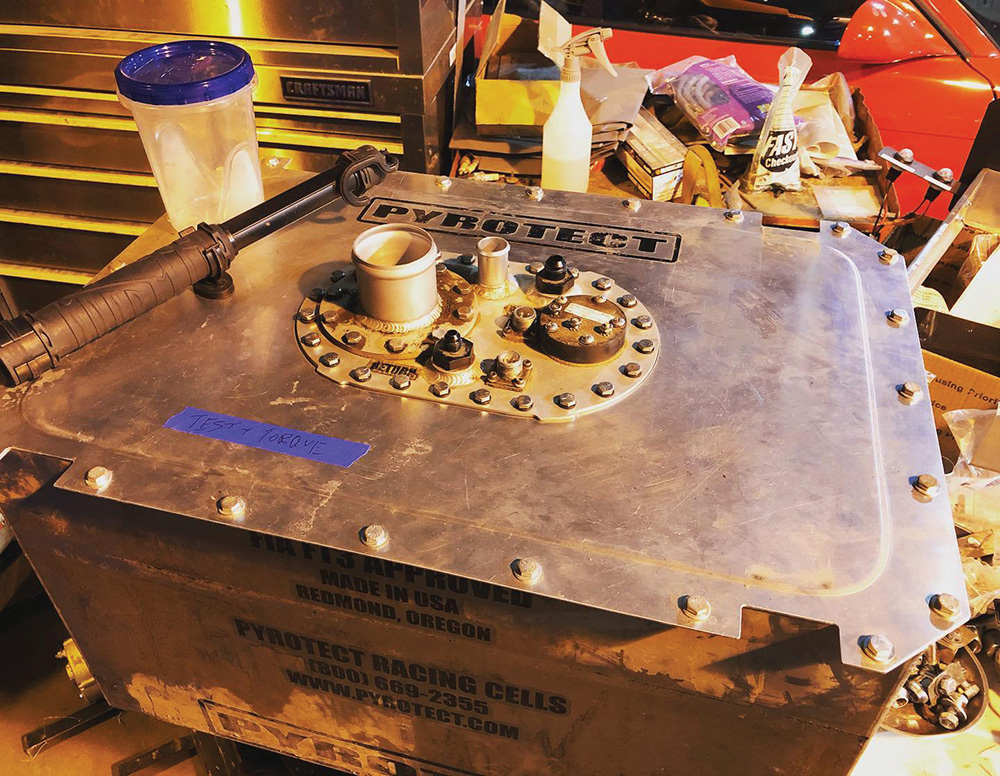
Upgrading in the right areas is part of Blizzard’s study of “the constraints”—the big one, fuel. “At some tracks we can do three hours on a tank of fuel. If you show up with a V8 that burns 10 or 11 gallons an hour, you are not able to do three-hour stints. It comes down to the math—how often do you have to come in for fuel?
“One of the reasons we tend to win races these days,” he added, “is the fuel burn tends to match the size and the length of the days perfectly.”
Driver comfort is another key, especially considering there are no restrictions as to how long they can stay on track. “We actually focus pretty aggressively on driver comfort,” Blizzard said. “Our race car has power steering, it has power brakes,” despite their extra weight.
In warmer weather, a cool shirt from Cool Shirt Systems keeps drivers’ core temperatures down “and your brains cool,” Blizzard said. From what were 45-minute stints that left Blizzard exhausted, he can now go three hours and feel relatively fresh. That’s a formula for success in 24 Hours of Lemons.
“The most important thing is just stay out on track,” he said. “Just keep doing laps.”
 MEMBERSHIP LOGIN
MEMBERSHIP LOGIN JOIN PRI
JOIN PRI
